The Old Machines: How Horror Plays With Failing Technology

While old houses are often home to hauntings in horror games, old technology holds just as much potential to unnerve. From the eerie camera of Fatal Frame to the clacking typewriter you use to save in Resident Evil, the machines of only a few decades ago contain a certain strangeness that makes them fit right into horror settings or feel unsettling to use all on their own. But what about these aging machines makes them feel creepy to use? Dread Central spoke with a handful of developers about using older technology in their horror games to figure out what it is about older technology that gives it that frightening feeling.
I had initially wondered if that same sense of being a part of the past added that unsettling element to older technology. An old, abandoned house, an old audio recorder, a video player, or even some software that hasn’t been used in a few years indicates a passage of time that could hint that the owner has died. Perhaps it was the way that time has moved on past these programs and tools, leaving them lost and abandoned. Could something sinister stir in the old electrical circuits of a lost machine, rising like the ghost of a person forgotten?
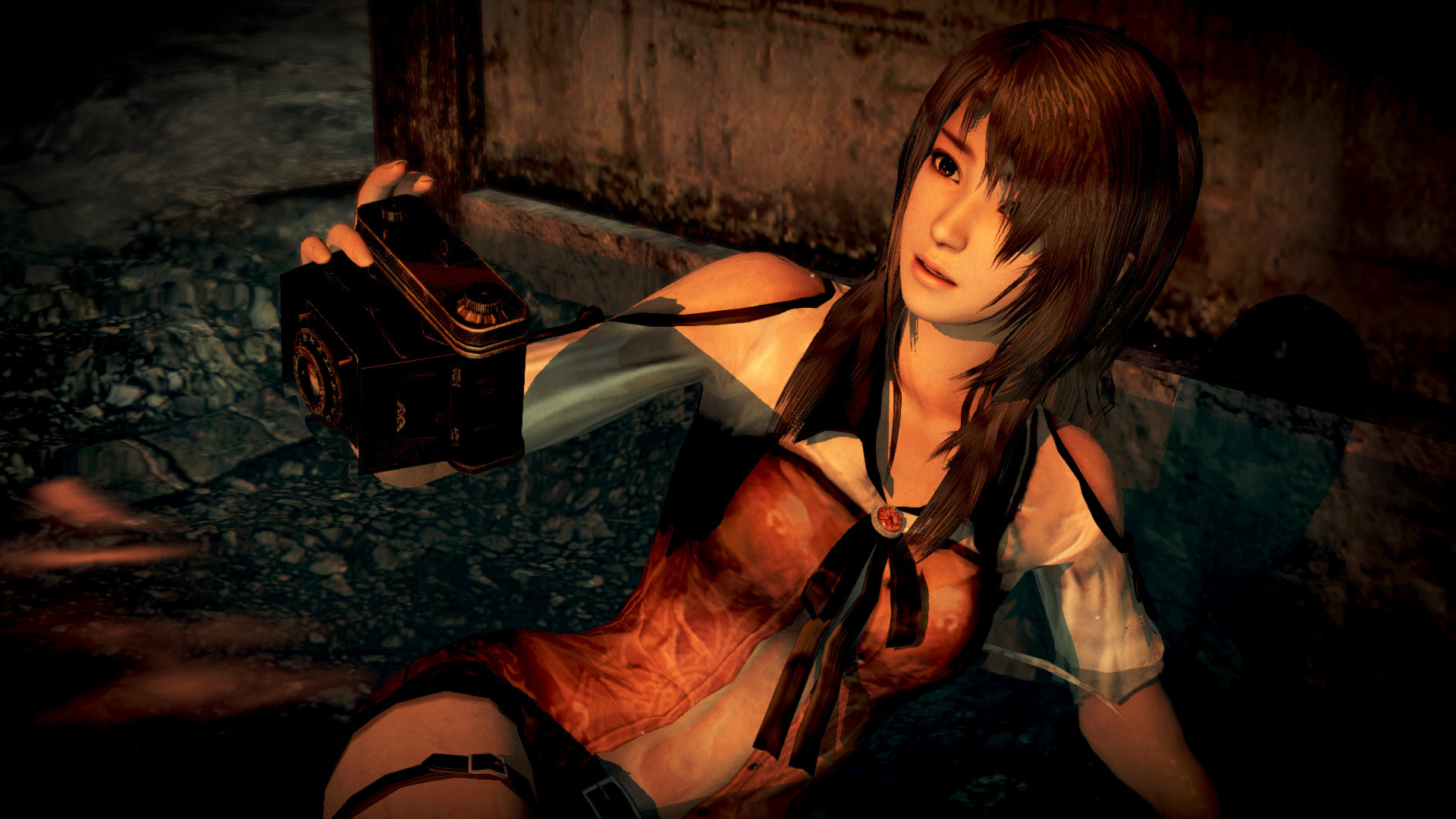
Taking Tests With Assessment Examination
For Jerry Becerril, creator of Assessment Examination, a game about taking an unsettling exam that sees you looking at eerie images and answering questions, it was about using the aesthetics of an older video style to make the player feel that it had taken place a long time ago. “I think simulating an older style adds to the inevitability of the tragic events in the story: even though the player is experiencing them right now, it’s immediately clear everything happened a long time ago,” he said. “On top of that, the game presents itself as if it were found footage of some kind, so the retro style adds to the feel of authenticity I was going for. It feels like a forgotten part of history as opposed to just something someone made a few days ago.”
While a passage of time leading to death wasn’t necessarily what Becerril was shooting for, it was that connection to time that was important. This is because it feels like whatever has gone wrong in the Assessment Examination happened a long time ago. This isn’t some unnerving thing you have any agency to stop. It’s already begun to move, likely years before you knew it. In the developer’s words, the older tech gives it this inevitability. The evil within the game has been free for years, and your actions in the game are only to gain awareness of the existence of this monstrous force. It gives the game this depressing atmosphere as you feel you’ve already lost due to the way the video is presented.
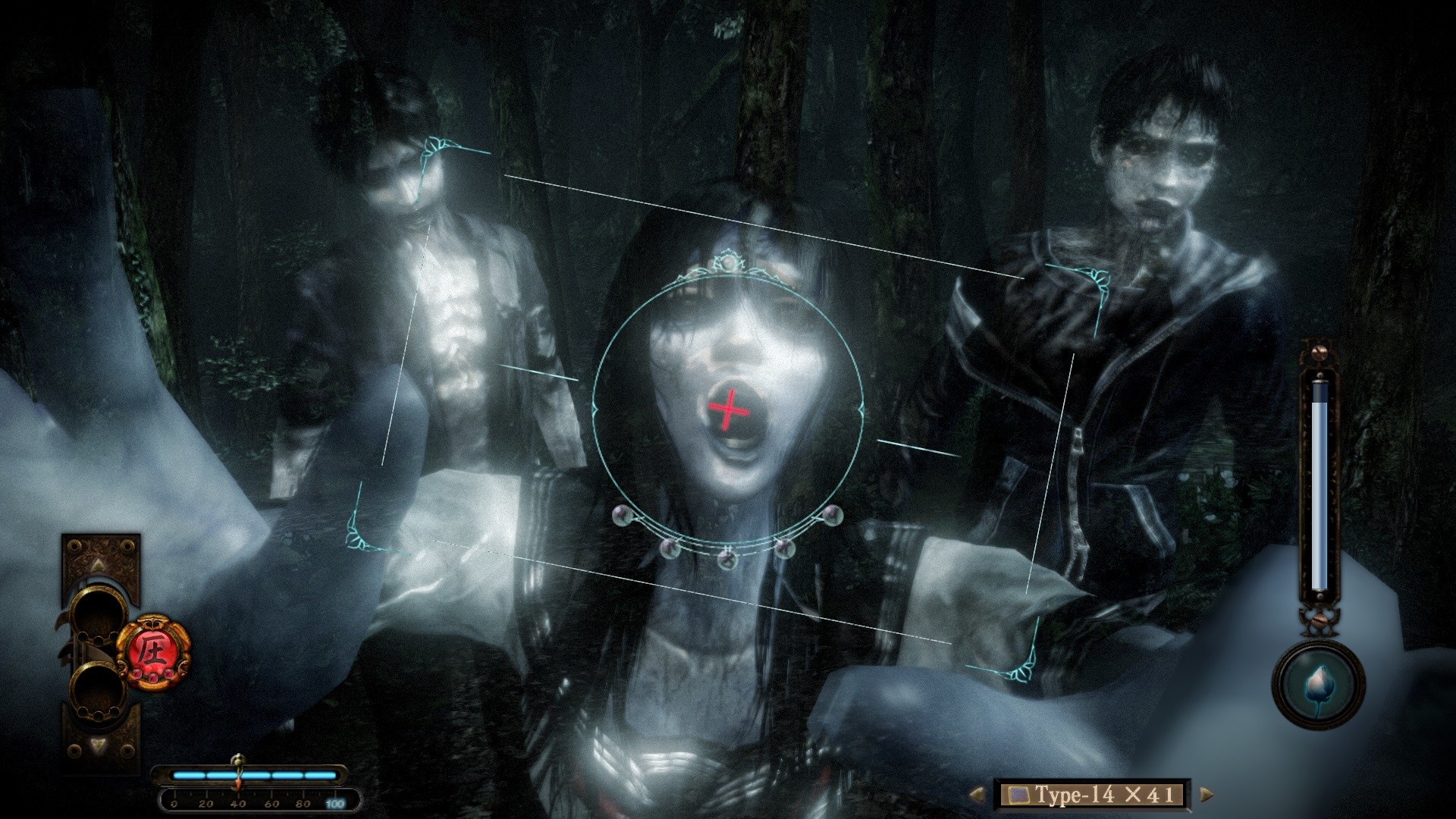
Using Old Technology To Review Footage
For Sam Barlow, director of IMMORTALITY, it’s the way some unnatural things seem like they could be captured by this aging technology that would get scrubbed away by modern programs and software. “I’m kind of fascinated by the idea of lost movies, and I think there’s something magical about how old movies capture and preserve something long gone – long dead!” said Barlow. “So, there was something mysterious and haunting about going back to those eras.”
In IMMORTALITY, you scan through old footage of three lost films, rewinding, fast-forwarding, and clicking through to new scenes that have connections to pieces of the other films. It’s made to feel like it’s playing through an old Moviola machine as you seek answers throughout the film reels, grounding the experience in century-old technology and in the likely deaths of most of the cast. There’s this sense of loss, not only in the missing films but in the actors themselves being gone purely from the nature of the technology used to scan the films.
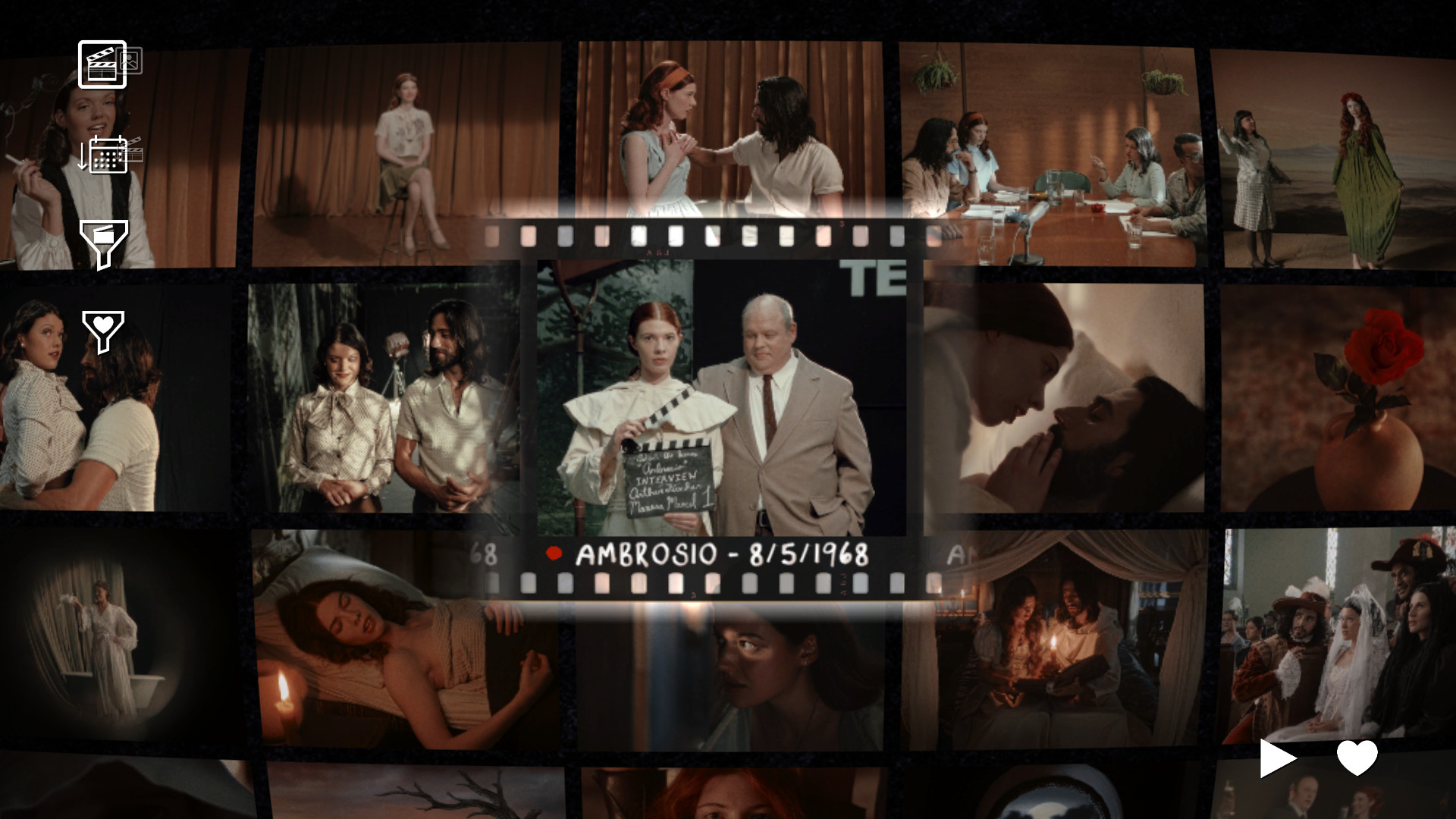
The Sound Of Horror
There are also some disturbing things hiding within the films that you can discover as you scan them frame by frame. There’s this sense that the noise and distortions of older technology for video and audio capture can hide something supernatural within them. Like looking down a dark hallway at night, you wonder what the distorted frames and static hide in them. Does that look like a face? Does it sound like someone else is speaking? The quirks of recording with older tech can leave room for the imagination to get an unsettling hold.
“So much horror is haunted house horror,” said Barlow. “And so many of those haunted houses are creepy, old houses. We’ve seen the tropes of people finding old things that explain why something is haunted – the microfiche newspapers, the curled old photographs, the reel of damaged old film, etc. If you are looking for ghosts, you want to hang out in the decayed, abandoned places. So decayed, abandoned technology seems like a good place to start if you’re looking for a ghost in the machine! We did also play with these ideas. So the spookiest things in IMMORTALITY use frame rates that are far more modern and create a sense of uncanny valley that cuts into the comforting softness and noisiness of the older footage.”
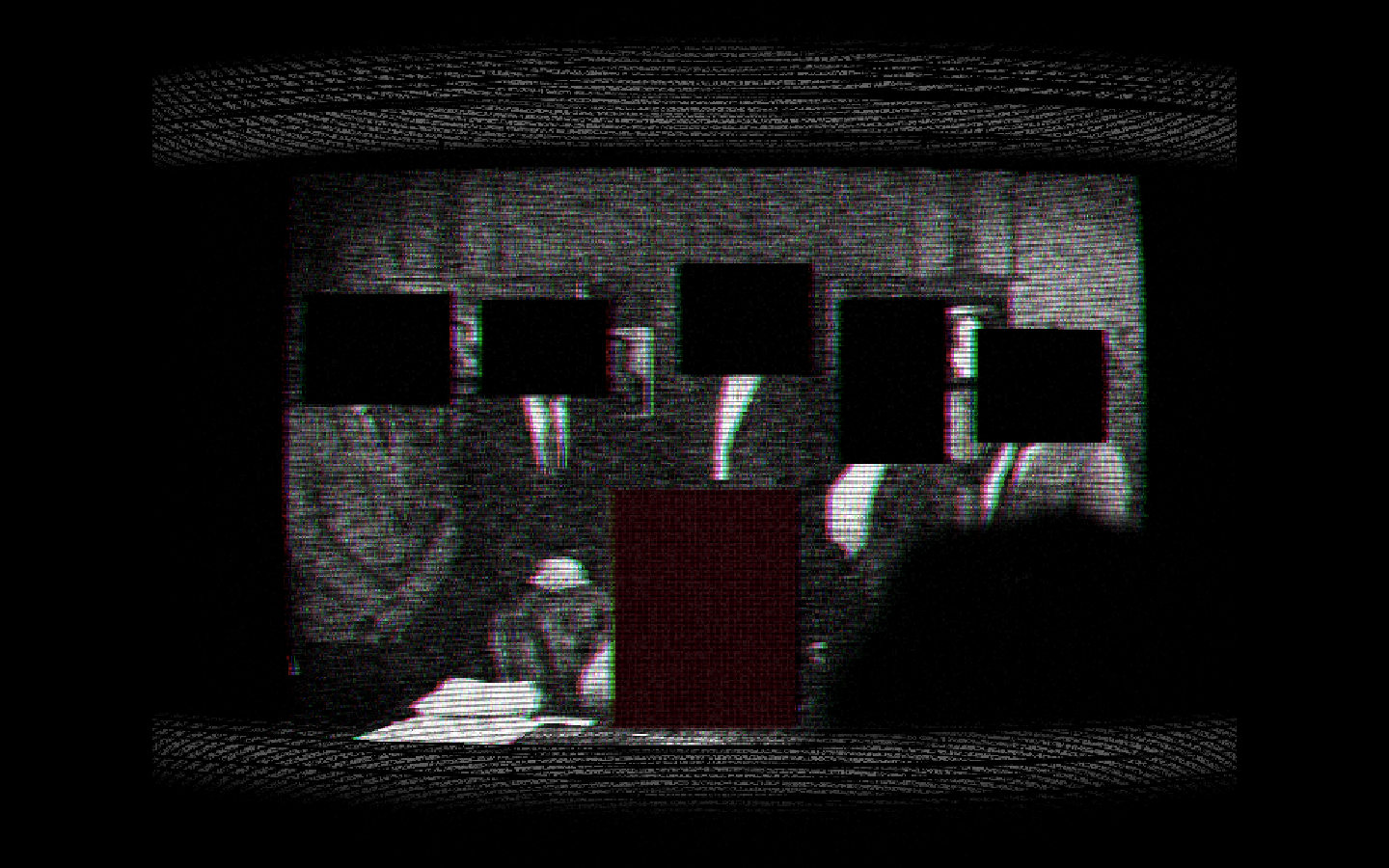
IMMORTALITY uses this to great effect, as does Sylvio, a game about capturing ghostly voices in a decaying park using an old reel-to-reel recorder. For Stroboskop, the game’s developer, the appeal of using older technology was exactly that. “For me, the horror lies in what we can’t see clearly— the things that are hidden around us in the shadows,” said Stroboskop. “If you stare into the darkness, your eyes will start playing tricks on you. You’ll start to see things, but you’ll be unsure if they’re real or not. Older audio equipment always has that good amount of noise and static present, which is the audio equivalent of staring into the dark. You’ll start to hear things…voices, strange sounds.”
When The Horror Is All Around You
Limitations in tech were also what appealed to David Szymanski while working on Iron Lung, a game about piloting an old, decaying submarine through an ocean of blood in some foreign world. This time, it wasn’t the tech’s quirks and limitations but how you could only derive so much information from what these older devices would tell you.
“Iron Lung was always going to be focused on some sort of relatively primitive technology, even before I settled on other elements of its premise because, for me, the most fundamental part of making it scary would be limiting what the player could clearly see,” said Szymanski. “It started with the idea of being underwater with an unseen creature you could only catch glimpses of through grainy monochromatic photos, so everything about the gameplay and the in-world technology developed from that limitation.”
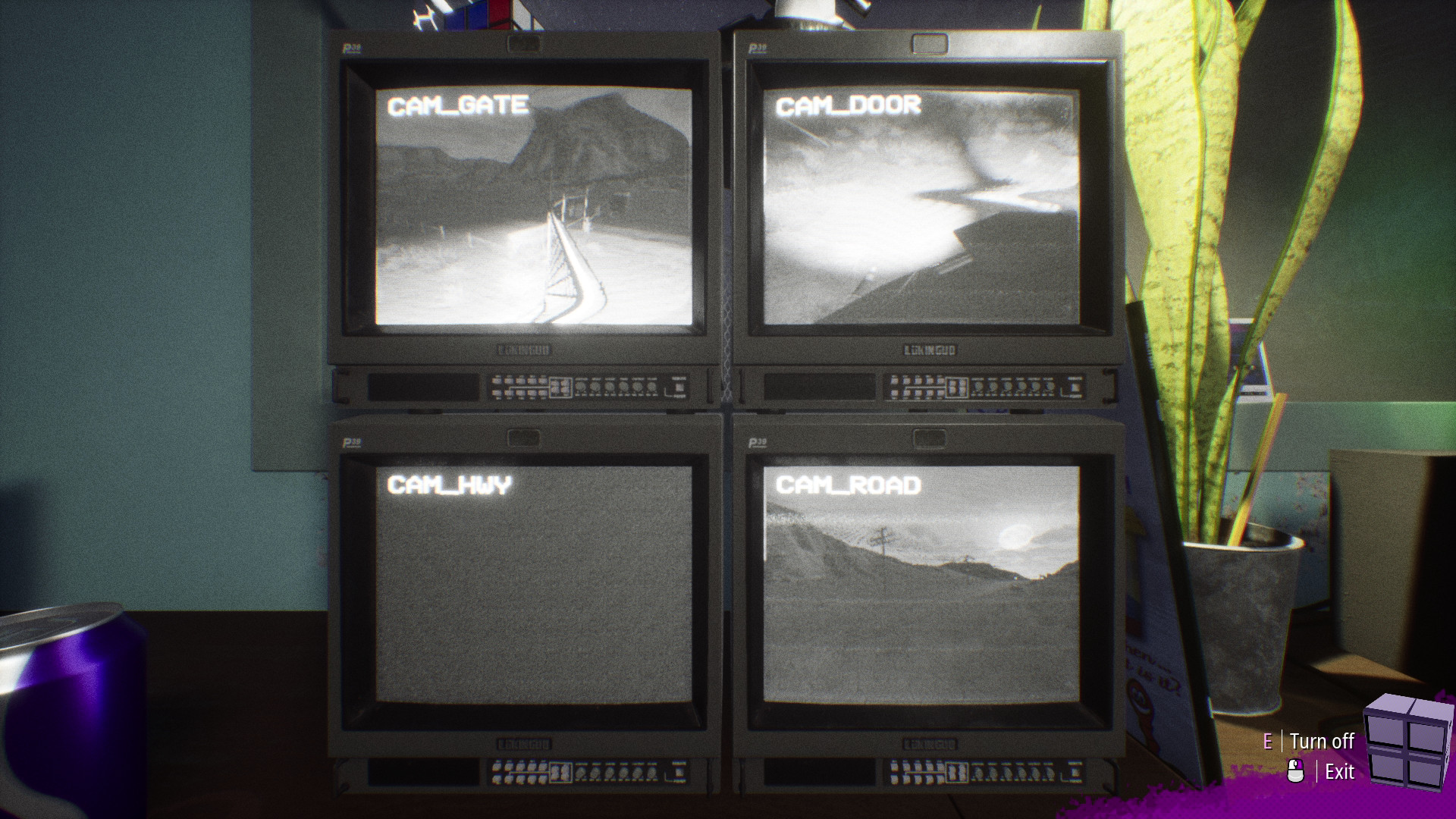
Your instruments in the submarine tell you very little. It’s enough to steer and have some idea of what’s going on around you, but as you’re sealed in what feels like a rusted metal coffin, you still feel cut off. You can only trust your instruments and meters to tell you things, creating this disconnect that makes you feel distant but extremely vulnerable to what’s happening in this confined space. Being limited and withdrawn from the world through this older tech makes your interactions with it all the more frightening.
Shaky Images And Low-Res Scares
Adam Pype would also use the limitations of older technology in their unsettling digital exploration game, Mapfriend. Wandering around a low-res version of a few areas, it often felt like you were on the verge of uncovering something terrifying with each jarring, shaky movement.
“I totally thought Google Earth in 2007 was scary when I was playing around with it back then,” said Pype. “I remember that, at the time, you could go underwater in Google Earth, and it would draw the ocean floor based on height data. As someone with thalassophobia (fear of ocean depths), that totally freaked me out at the time. It’s something about that crude, low-resolution rendering, and unintuitive controls that make it all so sinister.”
He added, “I think it’s about giving you the feeling you’re not in control. Even just like clicking on something, it would also take a minute to load, and that is kind of like a suspense build-up. As the image gets loaded in line per line, it gives you the same feeling as the victim in a horror film slowly pulling the curtain from the shower to reveal a corpse in the bathtub.”
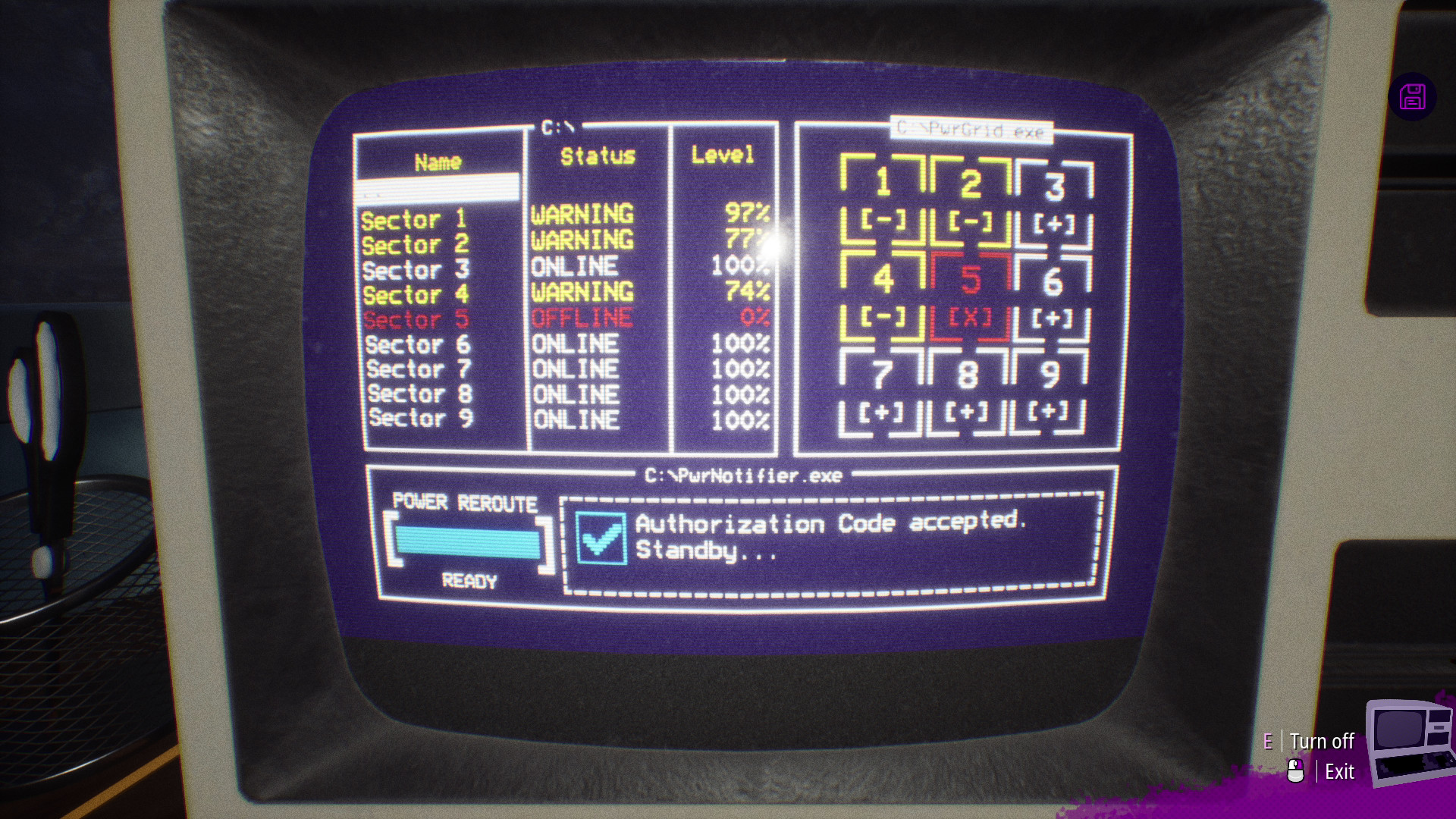
No Cell Phones Here
Beyond that, some challenges come up in horror games, such as when people can use a cell phone to livestream something horrifying. Moving to an era without such technology can naturally take you to a place where the horrors make more sense and aren’t immediately broken by someone with an iPhone.
“To be honest, our interest in the time period for Interference: Dead Air came from a question that is probably very familiar to anyone writing a story set in modern times: why wouldn’t these characters just call each other on a cell phone? Or, in our case, start up a video call or send high-resolution images and video of certain things back and forth to aid in communication?” said Brad Leyden, one of the game’s creators.
Interference: Dead Air sees players trying to help out a work colleague while trapped inside a guard booth outside. They have very limited means of communicating with their colleague and helping, working with a radio and some older power systems to help them escape. Not being able to see what their colleague is going through, helping them navigate with maps and spoken words alone, makes for a frightening experience in uncertainty that would not have worked as well in an era where the characters could video call one another.
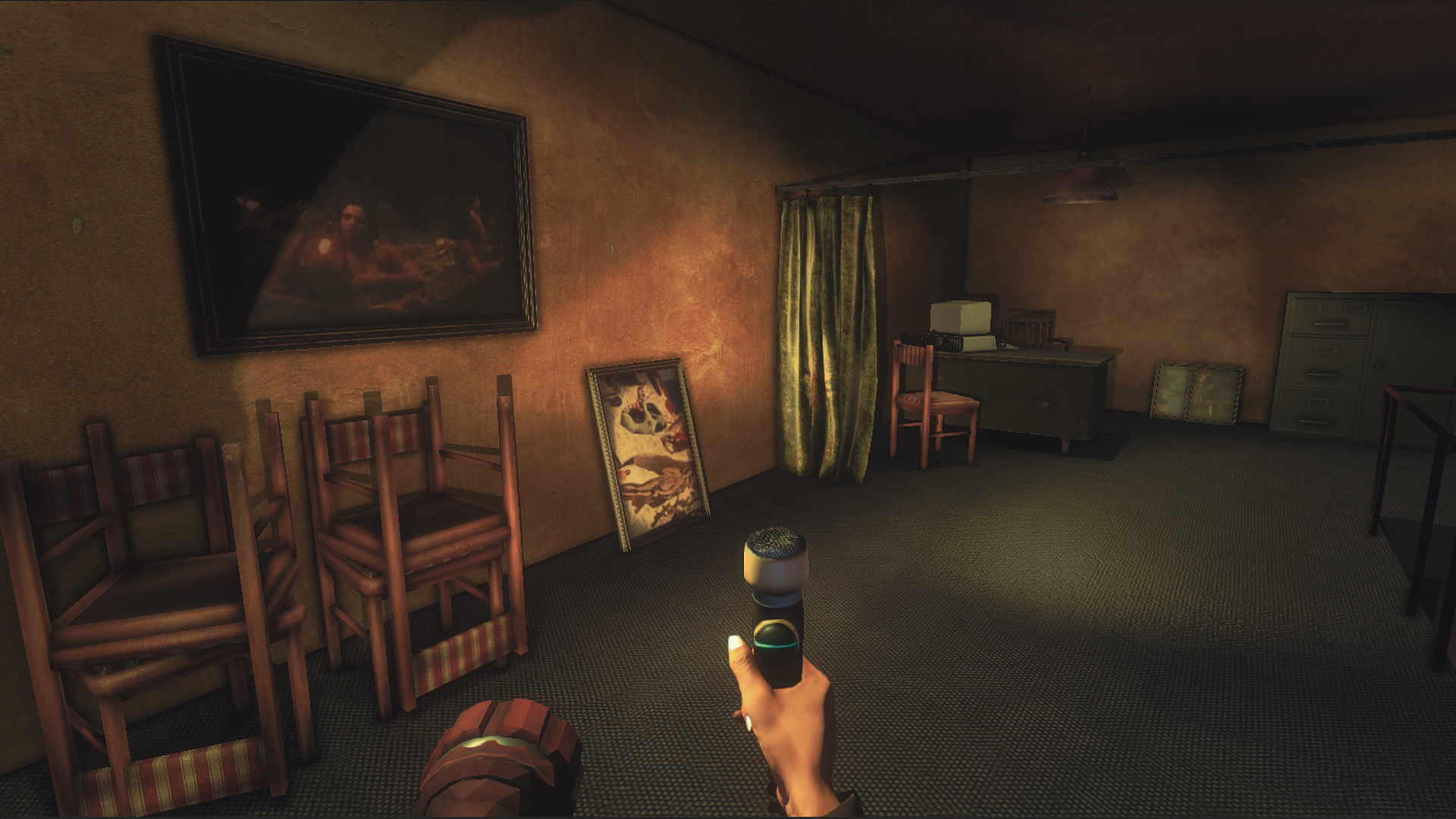
“We set out from the start to limit the means of communication available, partially due to logistical constraints, but also because we were interested in using these limitations to create unique gameplay,” said Leyden. “So, for example, we maybe can’t see where this character is, so we need to listen to what she’s saying over the radio and deduce where she is and where she needs to go using a printed map. And there’s an inherent challenge and tension in needing to do that amongst all the other chaos going on without actually being able to see any of it firsthand.”
Relating To The Old Technology
While the limitations of older tech made it an appealing tool to work with for horror, there were also some elements of humanity to these machines that could make deeper connections with the player. “I think older tech has certain qualities that we as humans can relate to,” said Stroboskop. “They glow and get warm, they have a humming or buzzing sound. They often seem to have a mind of their own, behaving differently in different environments. Maybe all these things make us see them as something more than they are, like living creatures with mystical powers. Thinking of an analog radio, where you have to scroll through incomprehensible noise to get to the stations. Maybe that extra dimension makes us unconsciously think there is more to it than there is—that it has secrets we don’t know about.”
Sometimes, that tech simply works with the sensation of toying with something unknown. Or at least it’s been so long since you used it that you’ve forgotten. Becerril draws from that idea with the VHS-like footage of Assessment Examination, weaving a sense of accessing something unfamiliar and forgotten.
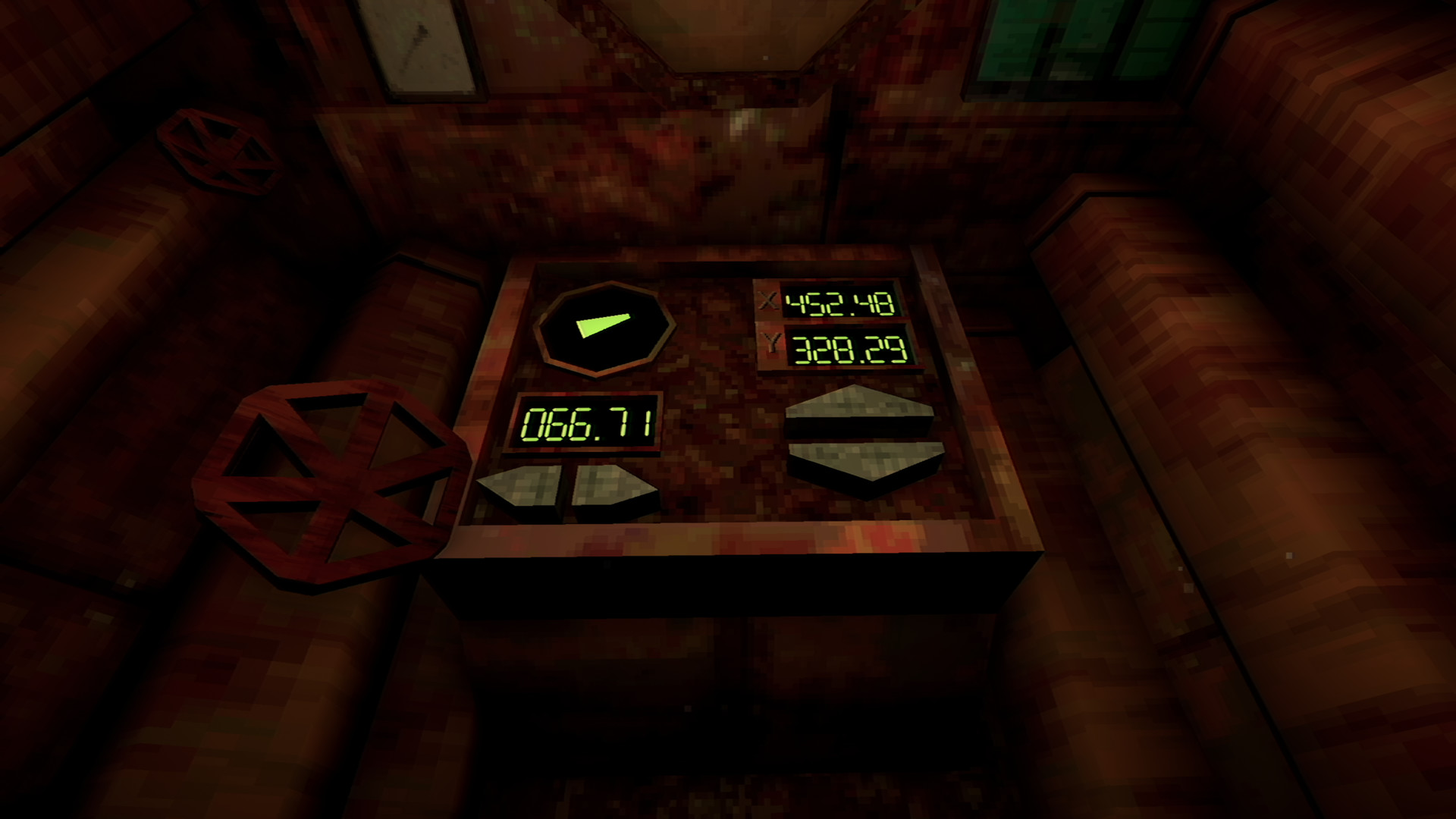
“I am 23, so while VHS tapes and the likes were around in my early years, I never really used those growing up,” said Becerril. “I did, however, use the internet. So, I think interacting with that which resembles technology you are not as familiar with or never got a chance to use inherently comes along with a bit of that ‘sense of the unknown’ feeling you mention.”
He went on to say, “I’ve noticed that the majority of people who play games like the Assessment Examination are fairly young, so maybe they would agree with me on this. Even those who are older and did get to interact with this tech as part of their everyday life still most likely haven’t used it in a long time, so there’s a similar feeling somewhere in there, perhaps.”
The Horrors Of Being Unreliable
Having to make use of unreliable tools can also make horror feel more intense. When you need a machine to work to save yourself from monstrous doom, what feelings rush through you when that machine breaks down? Nick Lives explored this in Home Safety Hotline, a horror game about providing online tech support to people dealing with unsettling forces inhabiting their homes in the 90s.
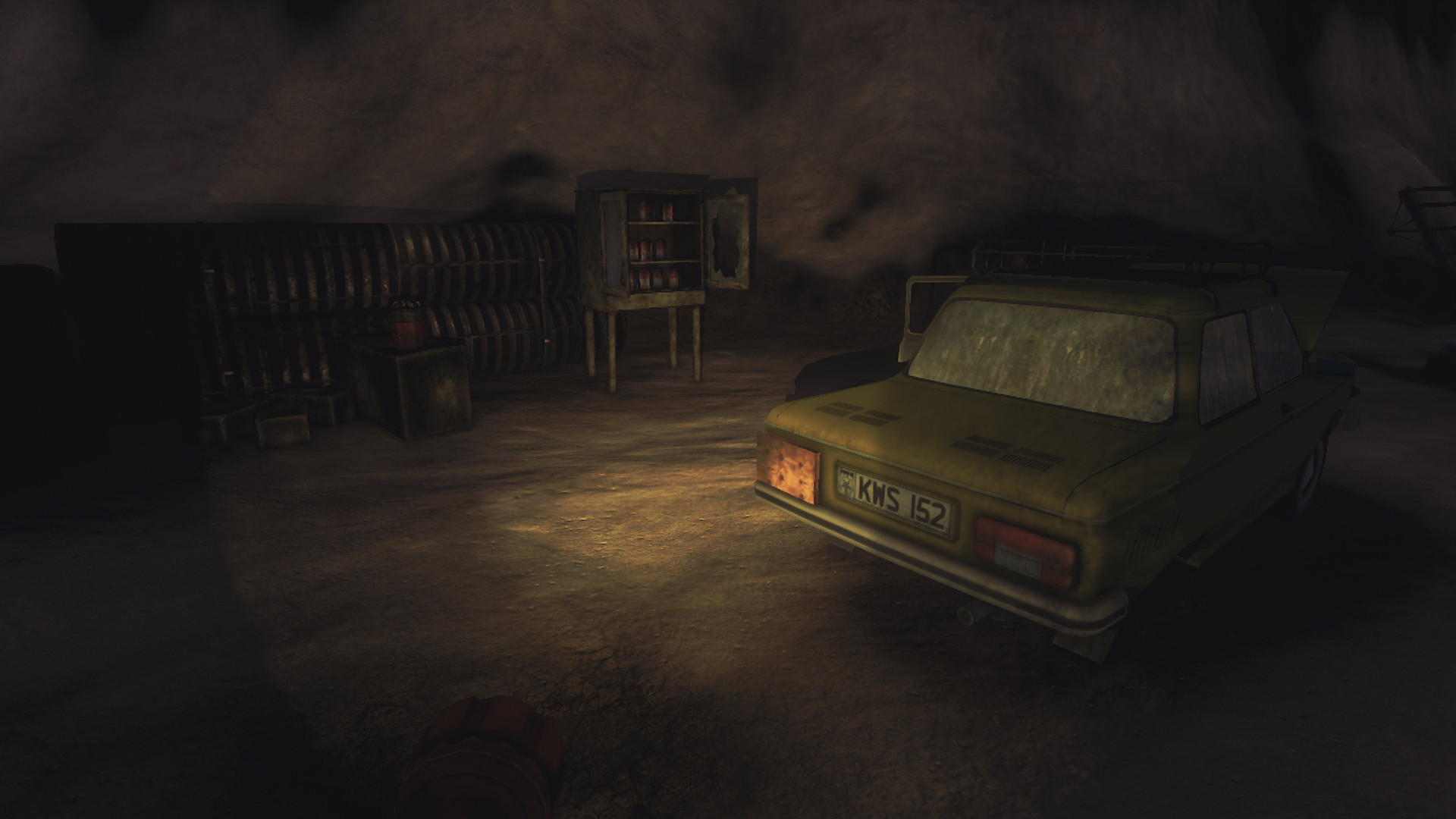
“Older hardware brings with it this sense of instability and a lack of safety, to me,” said Lives. “While years of iteration make interfacing with newer hardware feel more smooth, satisfying and intuitive, older hardware can feel like whiplash in the way that it’s both physically louder and feels clunky and hacky to operate. Something about having a lot of the modern safeguards removed, combined with a nostalgic terror about not knowing how to operate such machines as a child, come together really well in paving an atmosphere for horror.”
“For Home Safety Hotline, in achieving that feeling, we fought against our instincts a lot as designers and made a lot of choices that made the interface inherently less satisfying to interact with,” he continued. “There’s much less oomph and ‘juice’ in the way our buttons act when clicked, how the menus are structured and decorated, and how (deliberately) long images and text load in when operating it to help sell the idea that this chugging work machine is not interested in providing you, the employee, with a satisfying user experience.”
Relying On The Unreliable
Szymanski would also use this in Iron Lung, where the unreliable tech is literally your only lifeline. “Agedness, in general, seems to be deeply intertwined with horror for most people, whether it be forgotten temples housing eldritch gods or abandoned buildings that hide urban legends in the flesh. Just the idea that something hasn’t been touched by human hands in years seems to come with the implicit fear that anything could have made it unsafe or threatening during those years.”
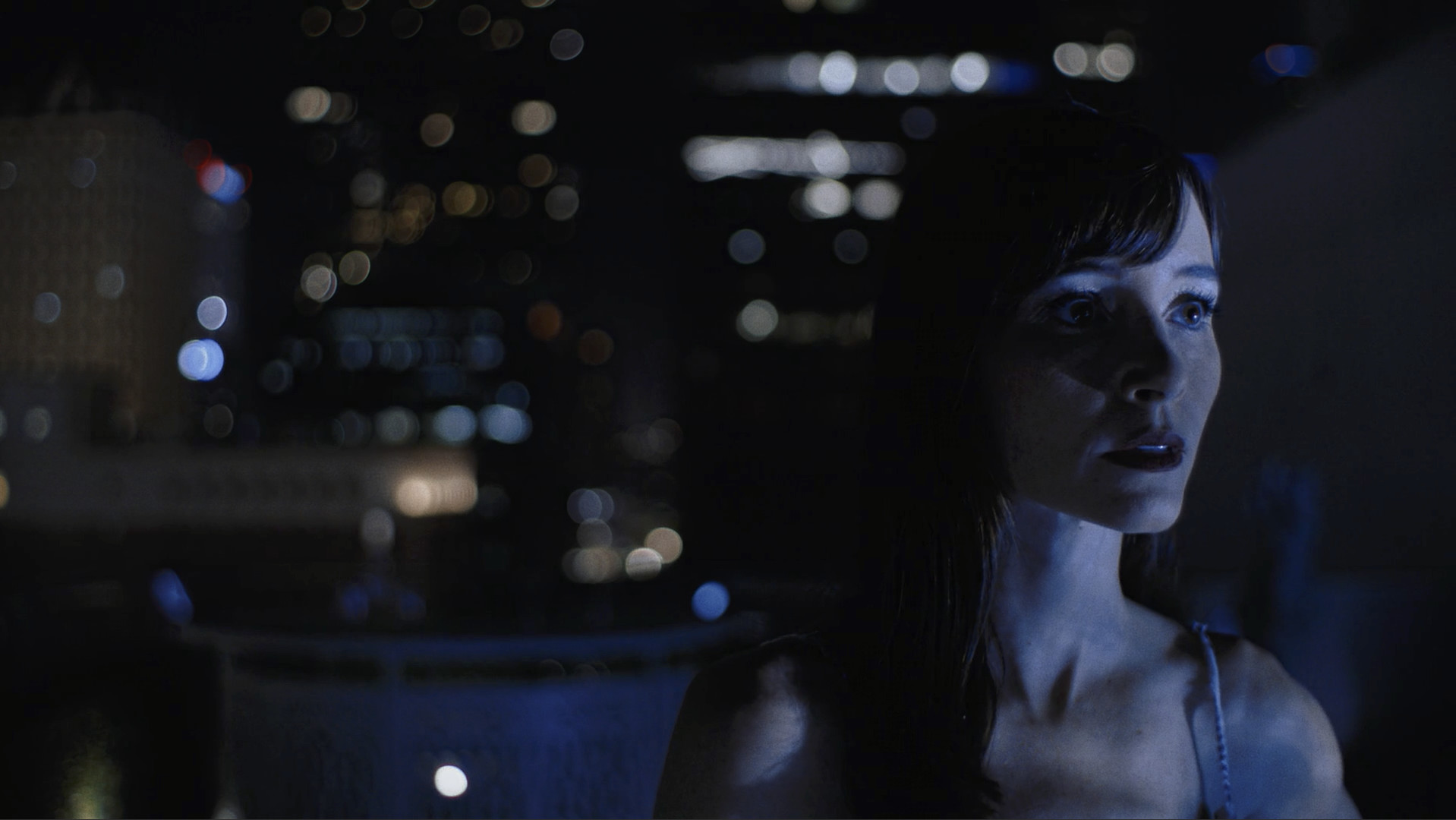
“For technology (and Iron Lung specifically), it also implies that mechanical or electrical failure could happen at any time,” he continued. “That may not be particularly frightening if you’re just activating a door or something, but it’s definitely more frightening when those mechanical/electrical elements are what’s keeping you alive at the bottom of a literal ocean of blood.”
For Stroboskop, that unreliability in the technology leads to a sense of a loss of control that is vital for good horror. “In the end, I think it all comes down to imperfections. What comes out of older equipment can be manipulated in a way so that the player loses control over what is happening,” they said.
“To me, losing control is the definition of horror—to expect something and get something else or a distorted version of it. Old equipment is the perfect veil between the player and the tricks you play on them because we share the contract that old machines can behave quirkyly and be broken,” they added. “So when something unexpected pops out, we don’t know if it’s the machine or if it’s something else, i.e., losing control. A modern iPad suddenly talking like the devil is just too much in the player’s face. To me, it can never be scary in the same way.”

Player Responsibility
With the limitations in the technology also comes more responsibility for the player. You can’t just call up footage of the monster to prove to the authorities it exists. You have to really work to find your solutions using these tools. “With Interference: Dead Air, I feel like we leaned into this idea that the dated technology makes the player feel more directly involved in the action (despite being constrained to their remote security booth),” said Leyden. “You can’t just sit back and let some high-tech, automated security system kick in and save the day. You need to rely on good old-fashioned human wits. Ultimately, how you use the technology at your disposal determines if people live or die, not the technology itself. And that’s a lot of pressure!”
And this tool will not give you any easy answers, either. With older tech, there is that mystery around how it’s used and an expectation that it will be hard to figure out. This can connect the player more with the character’s experience as they struggle to make this tool work to help them survive. “Older machines resist being used to some extent,” said Barlow. “A modern machine is going to have a tutorial and convenience. But you find an old Moviola machine in the corner of an abandoned editing room; you have to go hands-on with it and figure stuff out. We wanted to have things be simple and exploratory but also tactile, so the idea of a Moviola seemed like a great fit!”
Older technology has many quirks and features that suit the unsettling nature of horror. Whether it be the strange nature of the technology, the age of the machines, the complexities of using them, and the unreliability of these old devices, there are many ways to use them to enhance the atmosphere and immersion of a good horror game.
Categorized:Editorials

